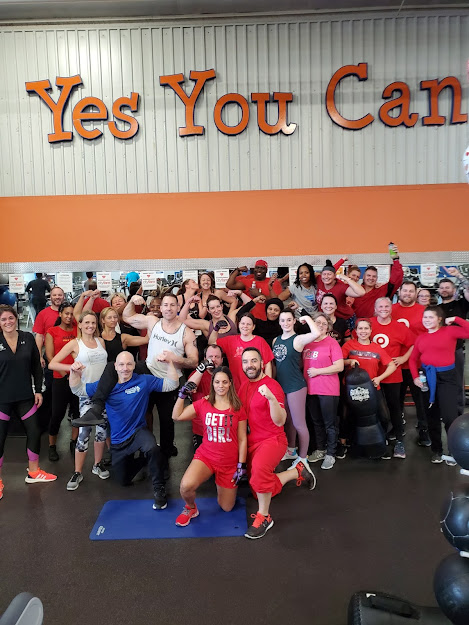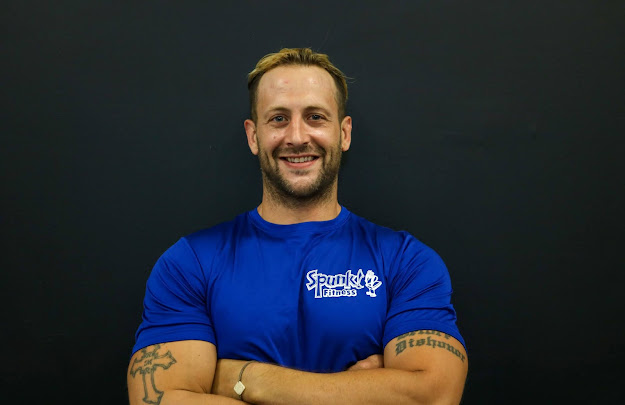What To Do When They Discontinue Your Favorite Workout Shoes
Most of us have a favorite brand and model of workout shoes for every activity, whether running, lifting weights at the fitness center, or playing sports. In fact, we simply won’t workout in anything else! This isn’t just a matter of preference or style, but comfort — everyone knows that if your feet aren’t happy, it makes for a miserable workout.
So, after a long search to satisfy your feet’s needs for support, cushion, flexibility, etc., you’ve just discovered the company that sells your favorite shoes has discontinued them. Now what? This can be a frustrating situation, especially if you’ve just worn through your last pair and have a race or competition to train for. Don’t panic. Here are a few ideas to help you work through your shoe crisis with the minimal amount of discomfort and expense.
1. Search online for closeout deals and buy up the last of the stock.
If you’re dead-set against changing your shoe model or brand just yet, look around. Even if the manufacturer has discontinued your shoe, online retailers will often have back stock to sell through (at a discounted price, nonetheless). Search places like Amazon, Zappos, and 6pm.com as well as re-sale sites like eBay, and you’re sure to find at least a few pairs to hold you over.
2. To minimize the difference, find a newer model of the same shoe.
If you can’t find closeout deals on your shoes, or have worn through your last pair already, choosing the same brand in a slightly newer model is your best bet to minimize the differences. There may be stylistic differences, but overall, it will be the closest thing you’ll find.
3. Look for a shoe with the same profile: weight, cushioning, and toe drop.
If you can’t stick with the same brand, pay close attention to the specs on your old shoes and look for shoes that have the same features. For instance, some people’s feet need more cushioned shoes designed to correct gait problems like over-pronation, while others need lightweight, minimalist shoes. Of course, the type of shoes you need will also differ based on the activities you do on a regular basis (cross-trainers for multi-directional impact, running shoes for the treadmill, etc.).
Although you may want to experiment with different levels of support and cushioning, most experts recommend sticking within 2 to 4 millimeters of the same toe drop (difference in height between the toe and heel of the shoe), since this is one of the harder features for your feet to adjust to.
4. Break your new shoes in slowly.
Even if you manage to find comparable shoes within the same brand, always give yourself time to break them in. Wear them around the house for a few hours, or out for a short walk, before you put them to the test of a longer run or weightlifting session. This will minimize pressure points, blisters, and overall discomfort so you won’t have to shortcut your next workout.
5. Read reviews and talk to your gym buddies.
It’s always helpful to draw on the expertise of employees at sport-specific stores, but the best source of honest, practical feedback is from others just like yourself. Read unbiased reviews from people who the same lifestyle and have the same preferences in athletic shoes. Better yet, talk to your buddies at the fitness gym who are wearing the shoes they love, doing the same activities as you are, day in and day out. Silver Spring Basic Spunk Memberships Are Now Only $199 For The Entire Year. Claim this limited offer now!




Comments
Post a Comment